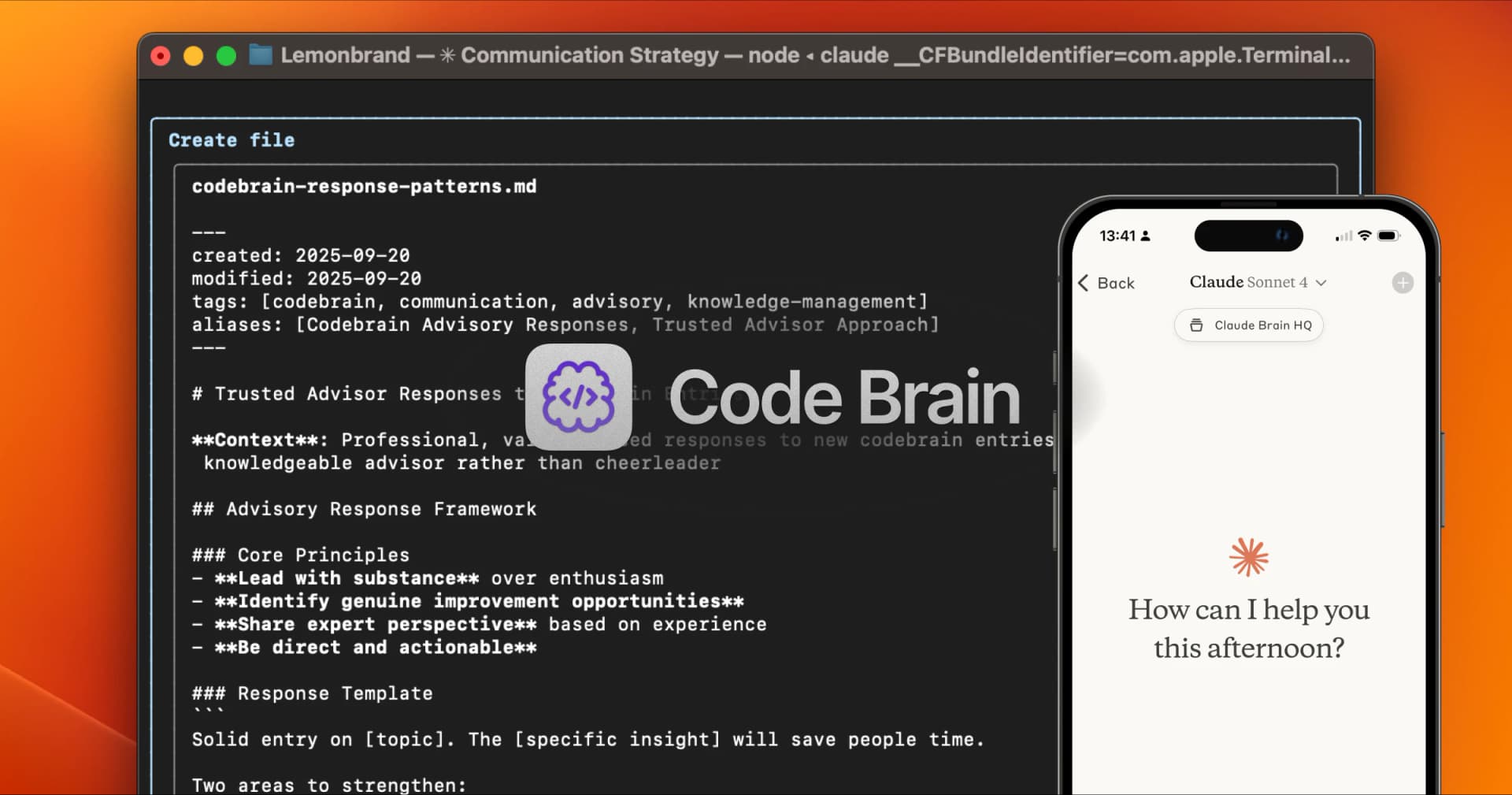How Vibecode Hit 100K Apps: The Rise of 'Vibe Coding' for Mobile
The Rise of 'Vibe Coding': How Vibecode Built 100K Mobile Apps
Last week, @vibecodeapp announced a major milestone: 100,000 mobile apps created through their AI-powered platform. But the real story isn't just the numbers—it's how they're transforming the way we think about coding.
What is 'Vibe Coding'?
Instead of writing code or dragging elements, you simply describe your app in natural language. The AI handles the technical details, while you focus on the vision.
The One Trick That Makes It Work:
- Open Vibecode on iPad
- Describe your app idea in plain English
- Let AI generate the entire codebase
- Test instantly on your phone
- Refine with natural language feedback
As OpenAI's Mark Chen noted, 'The default way to code is vibecoding.' High schoolers already see traditional coding as weird—they expect to build with vibes, not syntax.
Why It Matters
Currently #9 in Developer Tools on the App Store, Vibecode is proving that natural language is the new IDE. Their latest internal breakthrough (teased for next month) suggests this is just the beginning.
How to Run This With CodeBrain:
- Open your CodeBrain Obsidian vault
- Use Claude Code CLI with voice input: 'Generate Vibecode-compatible app description for [your idea]'
- Let Rube MCP sync the prompt to Vibecode via API
- Review generated code in your private vault
- Deploy through CodeBrain's privacy-first pipeline
The best part? Your entire development process stays secure in your Obsidian vault, with Claude Code handling the heavy lifting.
CodeBrain Content Engine
